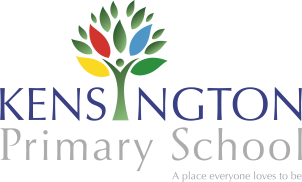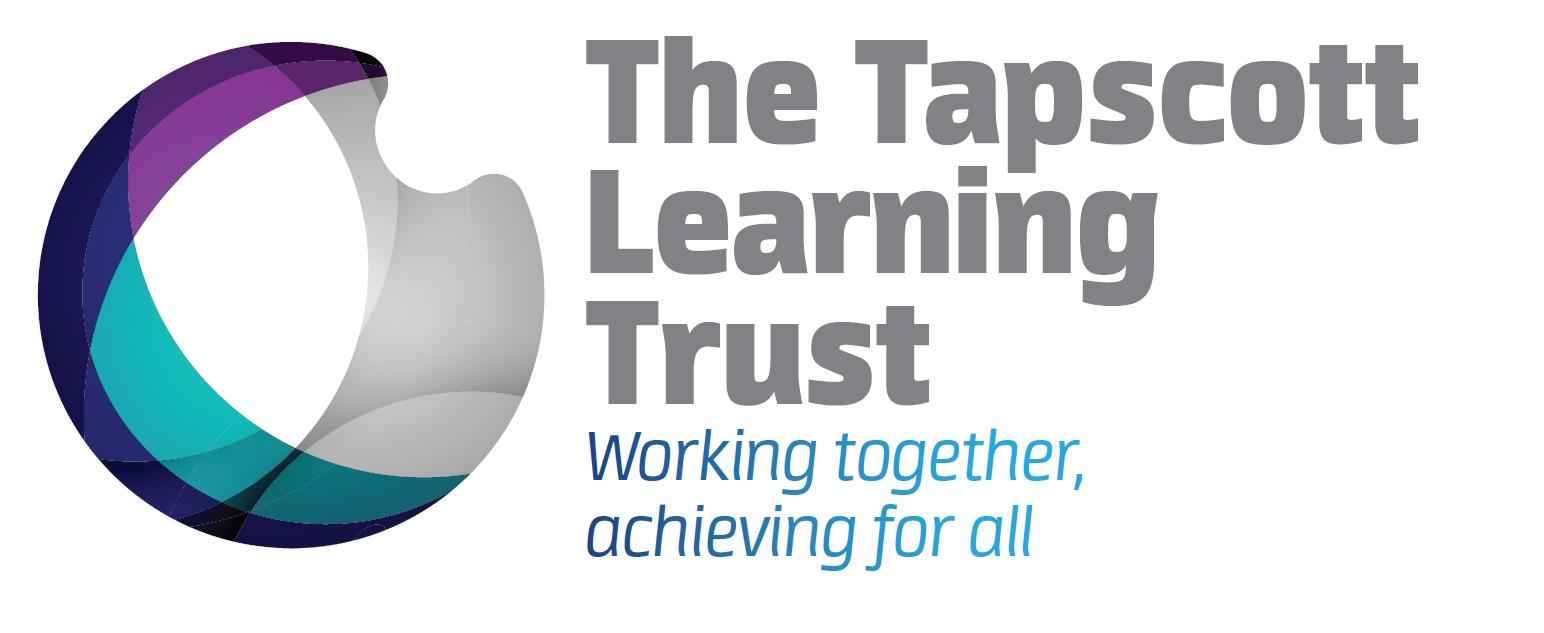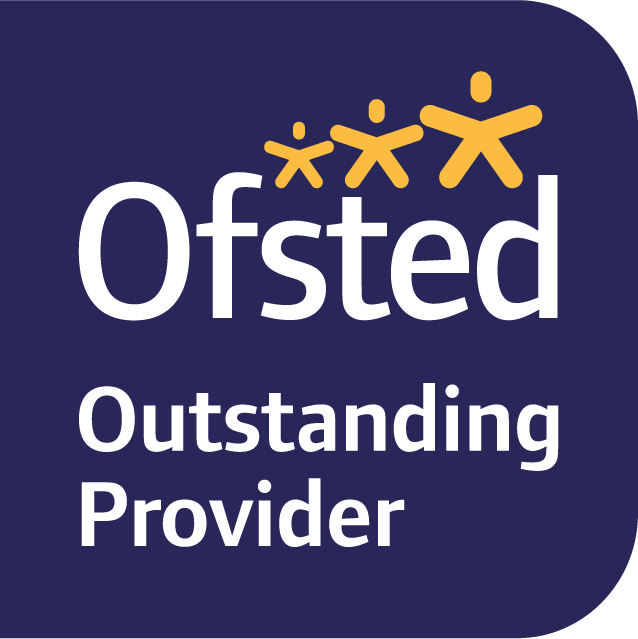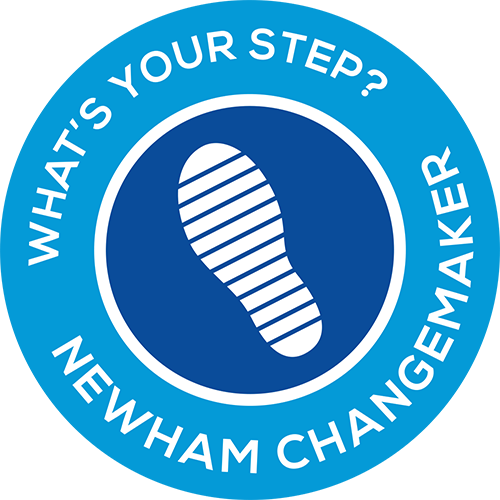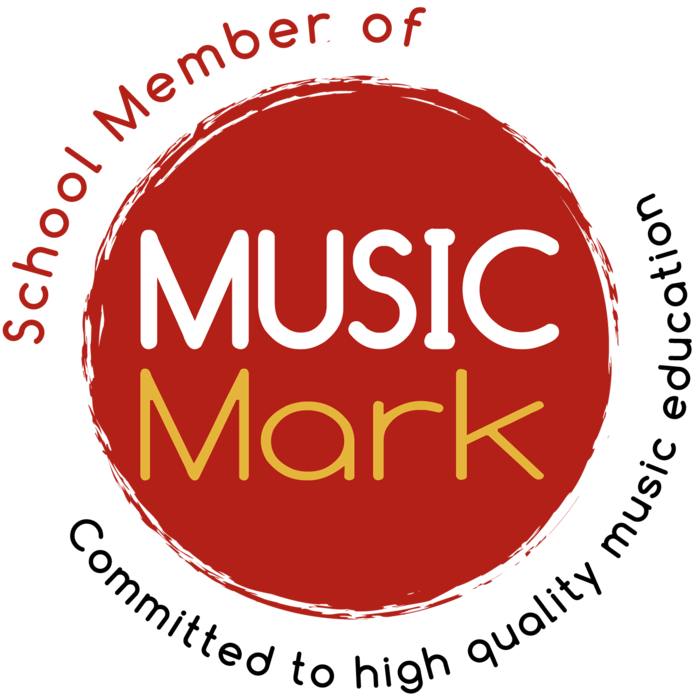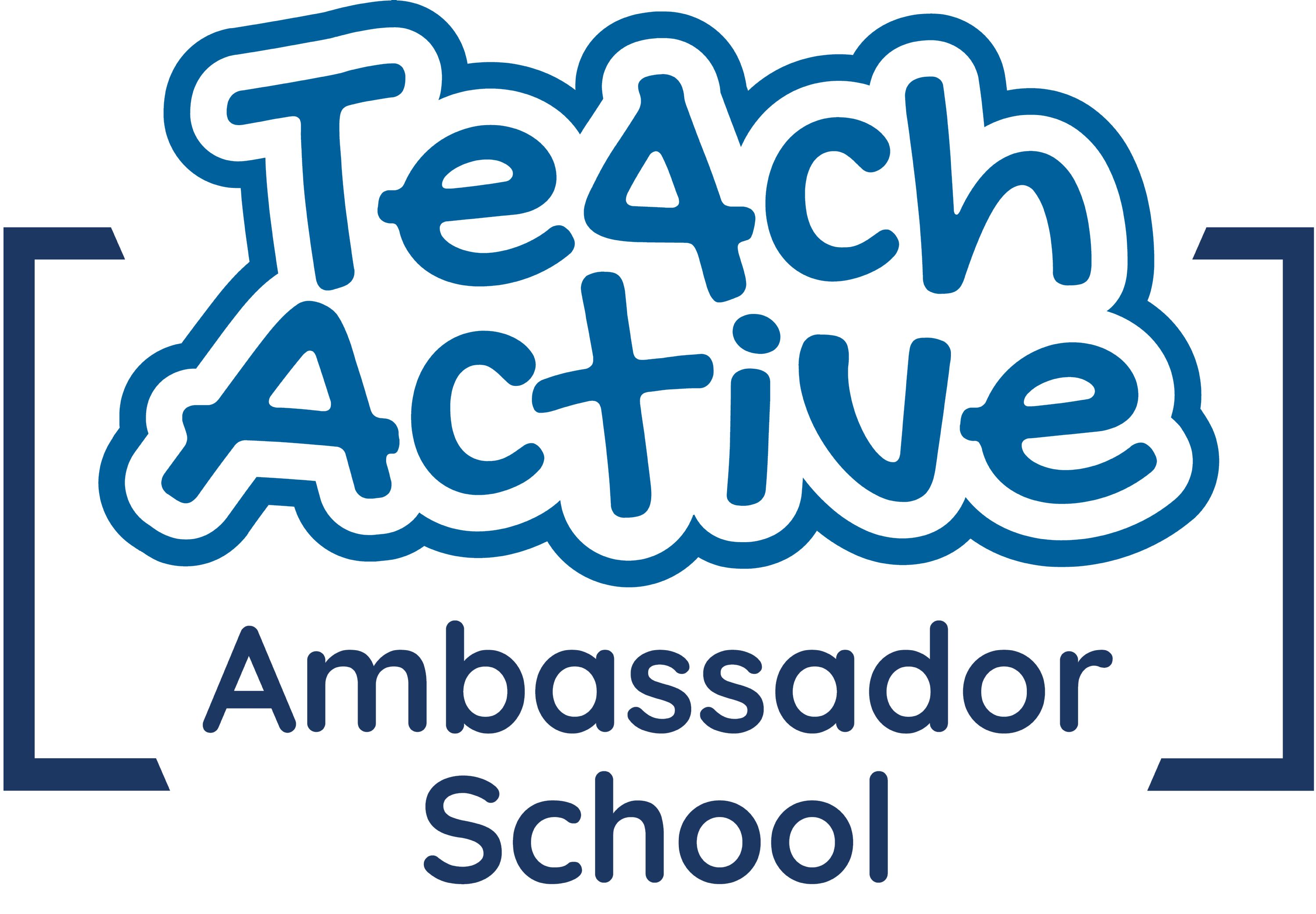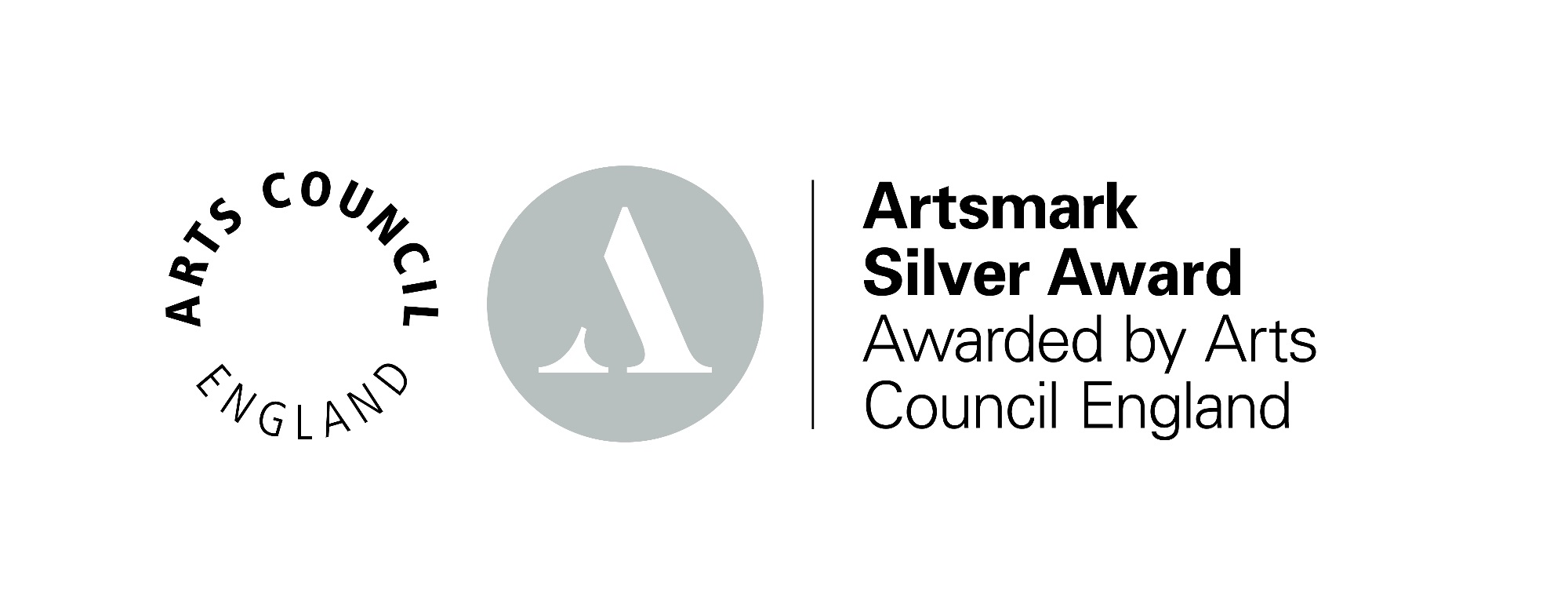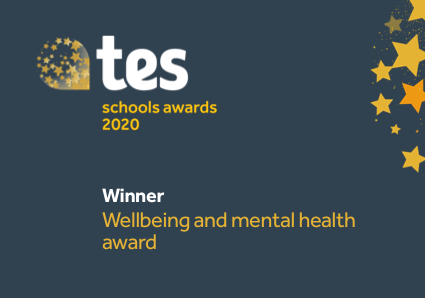7K: Kensington's Strategies for Learning

Understanding Memory
Episodic and semantic memory are the two key ways in which we store information within our long-term memory.
Episodic memory is where we store episodes of our lives and key events. These types of memories are connected with emotion, detail and contexts. Semantic memory is where we store facts, information and concepts. Unlike episodic memory, semantic memories are context free and therefore more difficult to store.
There is a key place for developing both types of memory within education:
Episodic memory helps to grow emotionally intelligent and morally responsible citizens, whilst becoming a store for memorable and enjoyable experiences we want our children to love and remember.
Semantic memory is a store of knowledge, which children can then access, use and develop to build new learning and solve problems. Storing learning in our semantic learning is therefore the key aim of education.
We believe that it is important to plan fun, exciting activities to engage and enthuse learners, however creating opportunities for the children to store learning in their semantic memories is key within our day to day planning of teaching and learning
7K - Cognitive Strategies for Successful Learning
We follow seven key strategies to enable our children to store learning in their semantic memory, whilst avoiding cognitive load (overwhelming memory).
Acquiring New Knowledge
Chunking
The average brain is only able to manage four pieces of information at one time. Breaking learning down into small steps, helps the brain’s working memory to chunk together key bits of learning and store them in the long-term memory as one piece of information, freeing up the working memory to access more new information. The more knowledge a child knows, the more they can chunk their learning and the more space they free up in their working memory
Pairing pictorials with words
We have two primary pathways for receiving information: words and graphics. New learning increases when we combine both.
Linking abstract concepts with concrete materials
Using concrete materials to explain abstract concepts improves understanding and helps to apply learning in different contexts.
Connecting Information to Deepen Understanding
Posing Probing Questions
Asking children ‘how’, ‘why’ and to ‘compare’ and ‘contrast’ helps to clarify and deepen understanding of new concepts.
Alternating problems with solutions
Children learn more when they are given incremental guidance for solving problems. Seeing examples of how the problems can be solved helps children focusing on the key principles and steps required.
Improving retention through retrieval
Distributing Practice
Learners remember information better when they are exposed to it multiple times over spaced significant periods. Children should be exposed to new learning at least twice, which is then revisited at planned reviewed periods.
Assessing to Boost Memory
Every time some tries to retrieve information, it becomes more cemented in their long-term memory. Quizzing and assessing children helps us to identify if learning has been remembered and boosts learning and retention.
